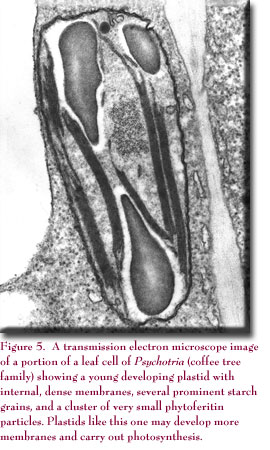Reflections of a Happy BotanistCareers In BotanyDr. Harry T. (Jack) Horner, Ph.D., University Professor & Director Department of Genetics, Development and Cell Biology & Microscopy and Nanoimaging Facility, Iowa State University, Ames, Iowa
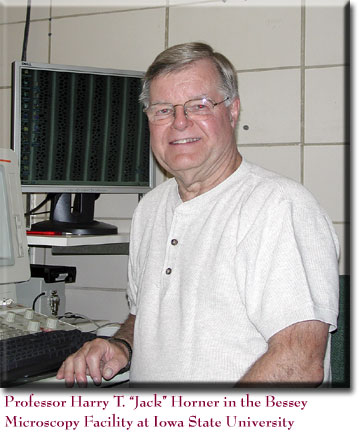 Life is not always easy when you are young. And in today’s world adult life seems to be very complicated because of the plethora of job and life opportunities, the ever-changing world situation and economy, and the notion that making lots of money and/or becoming famous are the two most important steps to having a wonderful, happy life. For some this may work; however, for the vast majority of us, we have to be realistic and take less dramatic steps to happiness.
In fact, I had a very happy, normal childhood growing up in Chicago, and then in the suburb Oak Park. At the time I finished high school I had little understanding of what I wanted to be, so I began my college career in petroleum refining engineering at Colorado School of Mines, in Golden, thinking this would be a great life direction. After two years, I came to realize that my heart was saying, “go in another direction.” I transferred to Northwestern University, north of Chicago, and completed my B.A. degree in biology. It was during my senior year I developed an interest in teaching biology, chemistry, and general science at the high school level. This required I take a fifth year to pick up the courses for teacher certification. During that year I also took two advanced botany courses in plant morphology and vascular plant anatomy, along with student teaching at a suburban high school. The ‘plant’ courses and Professor Howard Arnott who was teaching them, literally ‘turned me on’ to the study of plants. Besides the student teaching which was truly a wonderful experience, I registered for independent research credits to work on a project which was an outgrowth of the plant morphology course. Professor Arnott immediately detected my interest and commitment, and with his encouragement and help, I realized that I wanted to teach and do research as a profession. With Professor Arnott’s support I carried out my M.S. program with him, completing it in one year, and then I worked with him for my Ph.D., which took another three years. By the end of that time I knew my future was to join a university faculty somewhere and continue teaching and doing research. Since electron microscopy was becoming a powerful tool at that time, and an extension of the light microscope, I applied for a National Institutes of Health two-year postdoctoral fellowship to work on my own designed project and gain more research experience. I was also awarded a Sigma Xi grant. I had to decide whether I would go the University of Texas at Austin or to Iowa State University at Ames, two schools with fine botanical microscopy labs and excellent staffs. I chose the latter and spent two years learning how to prepare plant and animal tissues for observation with both light and electron microscopes.
All of these involvements have unexpected rewards. I communicate with students and professionals on campus and from around the world interested in my research, and some have come to my lab for short periods to work with me. I attend national and international meetings, give talks in the USA and abroad (now 7 different countries) and I am involved in both state and national science societies where I have served in various capacities, including being president of two of them. My university faculty position not only involves teaching, research, directing a microscopy center, and serving on committees, but it also includes advising graduate and undergraduate students. This latter task is very important and allows me to help them make decisions about their futures (I missed having a good advisor during most of my undergraduate days). The advising also presented a unique opportunity earlier in my career. One of my undergraduate transfer advisees wanted to be a medical illustrator. ISU had no such program but the Liberal Arts and Sciences College had developed an Individual Major Program whereby students could create their own course of study. Together, we prepared a program that incorporated biology, math and other science courses, and art. This program was approved by the College. In a short time this student’s word-of-mouth surprisingly led other students to my office who wanted to do the same thing. To make a long story short, the number of students increased dramatically, and I was asked to create a major in this area. With the help of an art faculty colleague, the administration, and the Board of Regents, an undergraduate major called Biological/Premedical Illustration (BPMI) was born (www.bpmi.iastate.edu/). I directed the program for a number of years. Now the Program serves about 50 majors, is nationally recognized for its excellent training, and has a history for preparing students to enter certified graduate programs elsewhere in illustration. Personally, I am happily married, and have three adult married children. I took my family to Europe for a year, earlier in my career while on sabbatical leave. This experience by itself gave the entire family a new dimension for wanting to understand and interact with people from different cultures and life styles. It also opened up my mind to how important the sciences and technology, and particularly the plant sciences, are to the world. The phrase that ‘plants feed the world’ is very true. Without plants, we as humans would not exist. The oxygen we breathe, the food we eat directly or indirectly, the materials we use, and the fuels that are critical to our sustenance – all come from plants. Studying them in a variety of ways has been and will continue to be an enjoyment for me and maybe for you. |
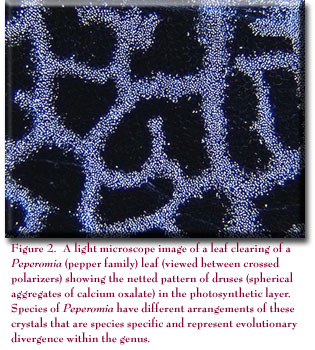
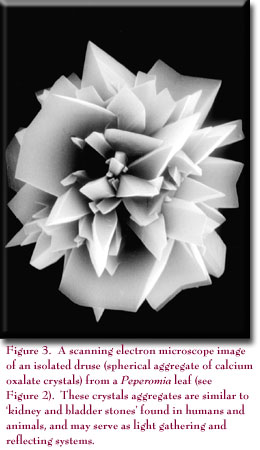 Being able to explore the unknown ‘micro-world’ using sophisticated, high-resolution microscopes is much like taking a pack trip into the uncharted depths of the Amazon, or exploring the deepest oceanic ravines, or traveling through our universe in a spaceship destined to land on a newly discovered planet. Can you imagine being able to look inside cells of a plant or animal, magnified to the size of a building, that no one has ever looked at before? And learn about new subcellular structures and molecules that are involved in the activity of that cell or organ that it is related to? Research became an integral part of my life. At the end of my two-year fellowship, I had several job offers from different universities. Iowa State University was the most attractive of them and I joined its faculty. Since then I have taught courses in general and advanced botany, and specifically courses in microscopy (
Being able to explore the unknown ‘micro-world’ using sophisticated, high-resolution microscopes is much like taking a pack trip into the uncharted depths of the Amazon, or exploring the deepest oceanic ravines, or traveling through our universe in a spaceship destined to land on a newly discovered planet. Can you imagine being able to look inside cells of a plant or animal, magnified to the size of a building, that no one has ever looked at before? And learn about new subcellular structures and molecules that are involved in the activity of that cell or organ that it is related to? Research became an integral part of my life. At the end of my two-year fellowship, I had several job offers from different universities. Iowa State University was the most attractive of them and I joined its faculty. Since then I have taught courses in general and advanced botany, and specifically courses in microscopy (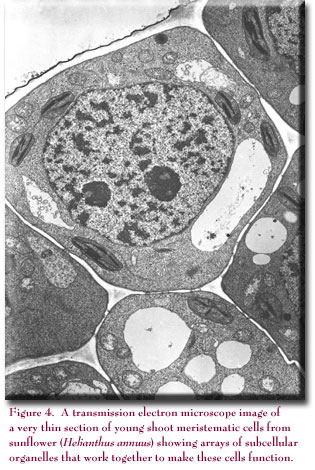 Yes, there are some so-so days, writing research manuscripts, doing library work, serving on committees, helping students learn how to put research papers together, and keeping my office organized and clean. However, these routine duties are necessary and contribute to my overall well being.
Yes, there are some so-so days, writing research manuscripts, doing library work, serving on committees, helping students learn how to put research papers together, and keeping my office organized and clean. However, these routine duties are necessary and contribute to my overall well being.